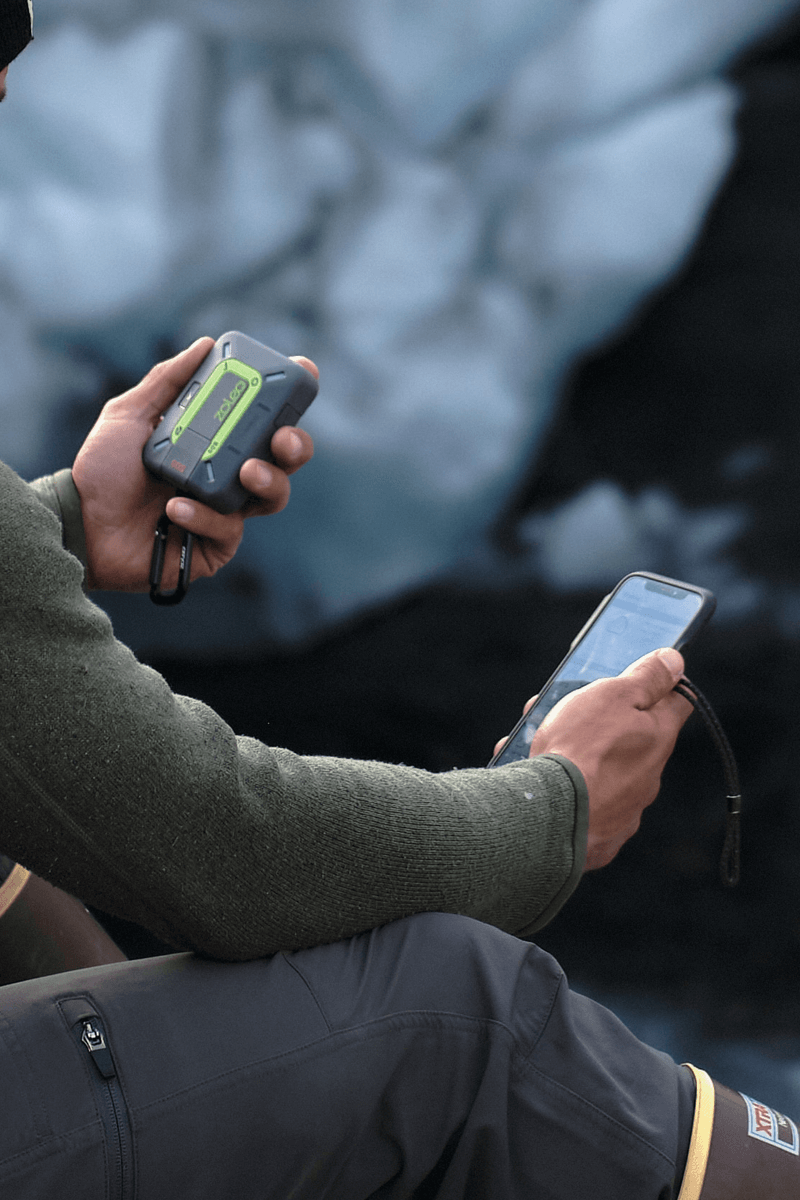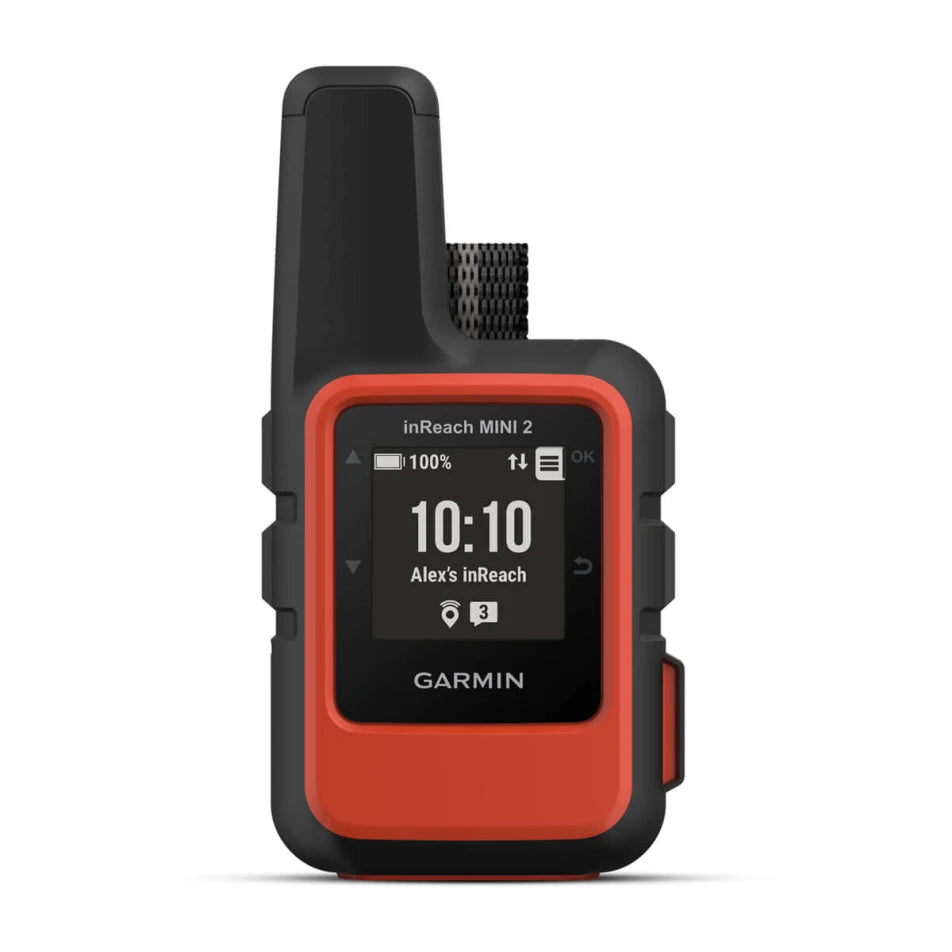Ensuring Communication Amidst Disasters: A Comprehensive Guide for Family Preparedness
Cameras, emails, social media—what ties them together? Cellular and WiFi links, bridging distances. Yet, when disasters strike, these connections often falter. This planning guide advocates proactive steps to maintain family communication when these conventional methods fail. Centered on our communication expertise, it advises on receiving alerts and connecting during crises when cellular and WiFi are unreliable. While pivotal, communication is just a part of a comprehensive disaster readiness plan. Check Ready.gov for a holistic family preparedness approach.

Communication Principles
Essential communication: Our goal is to describe alternatives for voice and text communication not broadband connectivity. We suggest steps to allow you and your family to confirm your health and welfare and keep one another current on your status and location. We can certainly address solutions providing broadband speeds but its not a core element of this preparation plan.
Distributed Approach: The timing of natural disasters and the location of each of your family members when they do occur is largely unpredictable. Consequently, we prefer a communication plan that enables individual autonomy rather than one tied to a single device or computer.
You can use this online Device Inventory form we have prepared to help organize your device list.
Essential Communication: Proactive, Affordable, and Resilient Planning
This serves as the cornerstone of your family's communication plan. For any plan to be effective in critical moments, it must be activated before a catastrophe strikes. Traditional communication methods cannot activate satellite-based services after a disaster has wiped out cellular and WiFi pathways. Tragically, numerous disasters have proven this fact repeatedly. Prioritizing cost savings often leads to far greater costs in the aftermath. Yet, affordability remains a valid concern, which is why we advocate for cost-effective beyond-cellular devices at the heart of your family's preparedness plan.
Cross-Platform - We don’t want to be wed to one communication platform. You may have already made investments in mobile off-network connectivity for your boating, hunting or hiking activities. Our suggestions seek to incorporate those seamlessly into a family connectivity plan, not force you to start from scratch with a single device type.
International - Extended families can include family members in different states and countries. Solutions to off-network connectivity need to work everywhere, not just the US, Canada or North America.
Easy-To-Use - While natural disasters are rare, it's crucial not to overlook familiarity with essential devices during a crisis. Our recommended program includes an easy-to-use texting pathway, likely already part of your daily routine. When disaster strikes, the only change is the path your message takes to reach your connected family member

Family Communication Priorities: Essential Factors for Crisis Readiness
As you are preparing your family communication plan, here are a few factors we think you should consider. Some are more obvious than others.
Who?
As ridiculous as it may sound, start by settling on who is in your family. Is it your immediate family that lives under one-roof? Do you have children or parents that live in a different city, state or country? What about siblings? Maybe certain friends are more-or-less family? Decide upon who are the family members with whom you want to be sure to be able to communicate during an emergency.
What?
Do you already have satellite phones or personal communicators you have purchased for other purposes? What brand are they? Do you know how to use them? Are their apps or firmware for these devices needing to be updated? Make a confidential list of all such devices and record them in your Communication Preparedness Plan. You can use this online form we have prepared to help organize that list.
How Much?
As we state in our Principles, we recognize the relevance and importance of affordability. To us, that means a texting-based solution has to play a key role in your communications plan. Perhaps, however, it’s important to you and your family to be able to talk via voice. Or a mobile-broadband need might exist. We can help incorporate those into a meaningful crisis connectivity plan if you like but the costs of maintaining those services in an always ready state will be higher.
Where?
Your off-network satellite devices will need to ‘live’ somewhere. Will that be in your emergency preparedness kit? In a school backpack? In the trunk or glove compartment of your car? Where you keep it has to make accessibility sense within the daily patterns of your life and each family member with a device. We strongly recommend not keeping them all in one location or with one individual. Record where you will keep each device in your Communication Preparedness Plan.
Practice Makes Prepared
Ensuring your Family Connectivity Kit remains functional during emergencies requires consistent upkeep and practice. Here's a checklist to help you maintain and efficiently use your personal satellite communicators and phones:
- Keep Devices Active: Ensure personal satellite communicators (PSCs) and satellite phones remain active and functional.
- Designate Users and Locations: Specify who possesses these devices and where they are stored or kept.
- Regular Practice Sessions: Commit to short, quarterly practice sessions lasting 5 to 15 minutes. Practice sending texts, making calls, checking positions, voicemails, internet connections, or emails.
- Device Maintenance: Confirm full device charges, practice using solar chargers, update firmware if needed.
- Small But Essential: Pay attention to small details that can significantly impact functionality during emergencies.
- Join OCENS Readiness Service: Sign up for quarterly reminders to practice crisis communication through the OCENS Practice Makes Prepared service.
6 Steps to Test Your Iridium Satellite Phone (TYSP)
ZOLEO Settings & Notifications

Utilizing Location Services in Satellite Devices for Enhanced Connectivity
Most of the beyond-cellular satellite devices we recommend include an imbedded GPS. This allows these devices to send your position as well as your messages to family members. You can always do this manually but we’re human and perhaps not surprisingly with a lot happening around us in a natural disaster affecting our family it might be something easily forgotten. However, most personal satellite communicator providers such as ZOLEO and ACR Bivy Stick also offer location services add-ons which send those positions automatically at an interval you decide upon. These location services typically carry a small monthly fee, but we find their contributions to effective search-and-rescue or just peace-of-mind to be immense.
Equipment Options
Personal Satellite Communicators
There now exists a robust communication infrastructure within the personal satellite communicators (PSC) market. These compact, texting-centered devices are user-friendly and impose minimal load on the satellite network. With lower capital and operating costs than previously possible through satellite, personal satellite communicators seamlessly switch to satellite when cellular or Wi-Fi signals fail. They serve as dependable tools for family connectivity during disasters, relying on satellite communication only when both cellular and Wi-Fi services are unavailable due to power outages or tower damage. For more information, view the Quick Reference cards for the ZOLEO and ACR Bivy Stick.
Voice Access
The unique voice capability of handheld satellite phones is a component that many families choose to add to their Communication Preparedness Plans, particularly if a satphone has already been purchased for other reasons such as boating, hunting or trekking. Frankly, it can be comforting as well as useful to talk to someone. Today’s mobile satellite phones are easy-to-use and also place little demand on the satellite network. They are, however, more expensive to purchase than any PSC.
Solar Power Panels and Chargers
We hope a solar panel and charger is a part of your emergency preparedness kit. We offer the HiLuckey 25000mAh portable power bank. The unit is small, lightweight, collapsible and easy to fit into backpack or satchel. It can charge most any PSC in about 3 hours. Because the HiLucky solar panels can charge directly to your device or to the included power bank, you can strap the panels to your backpack and charge to the power bank during the day allowing you to recharge from the power bank to your PSC or satellite phone at night.
There are a number of other good solar panels, chargers and bricks on the market from BioLite, EcoFlow, GoalZero and others. Please consider adding one of these to your emergency preparedness kit or family communications plan.
Device Inventory
Create an inventory of the satellite phones and/or personal satellite communicators you own.
Download the Device InventoryUninterrupted Contact in Crisis: Family Connectivity Kit
In times of emergencies where traditional communication channels falter, maintaining contact with loved ones becomes critical. When WiFi and cell services fail, the Family Grab 'n Go Connectivity Pack becomes your lifeline.













